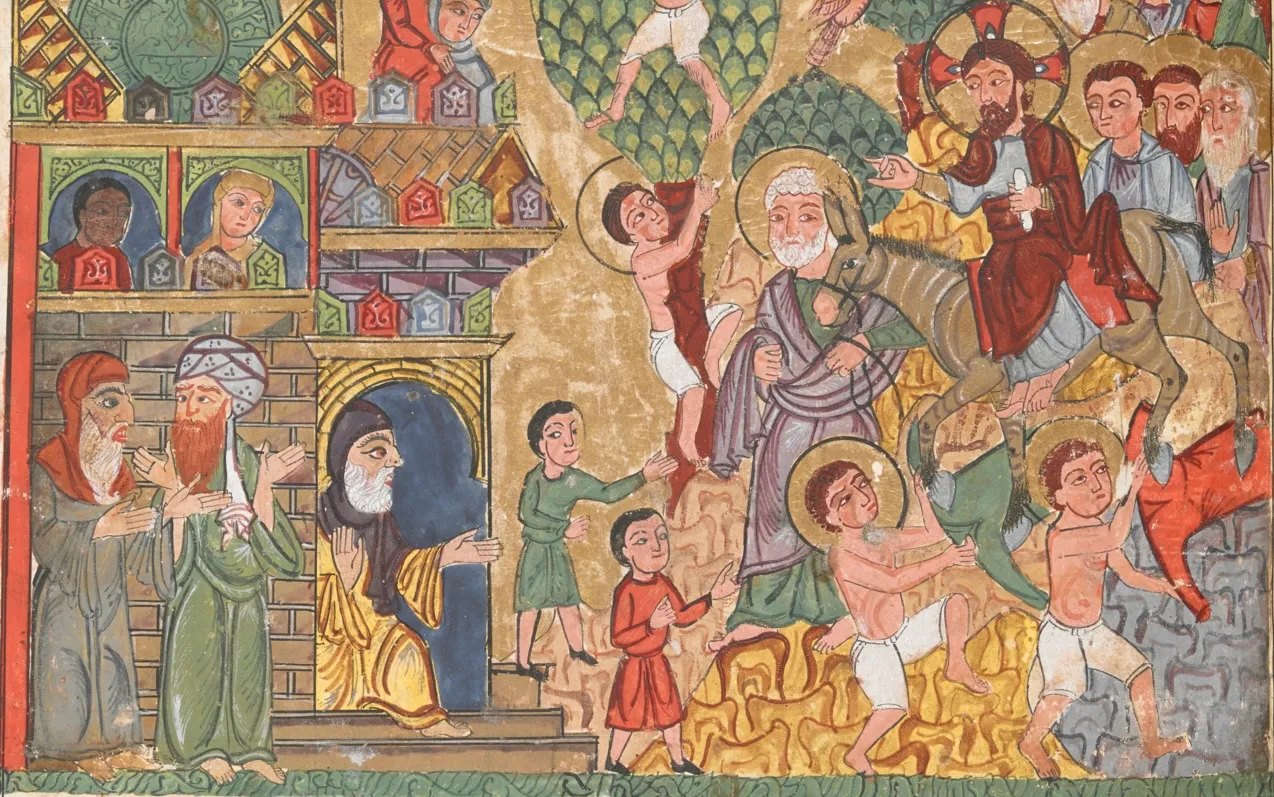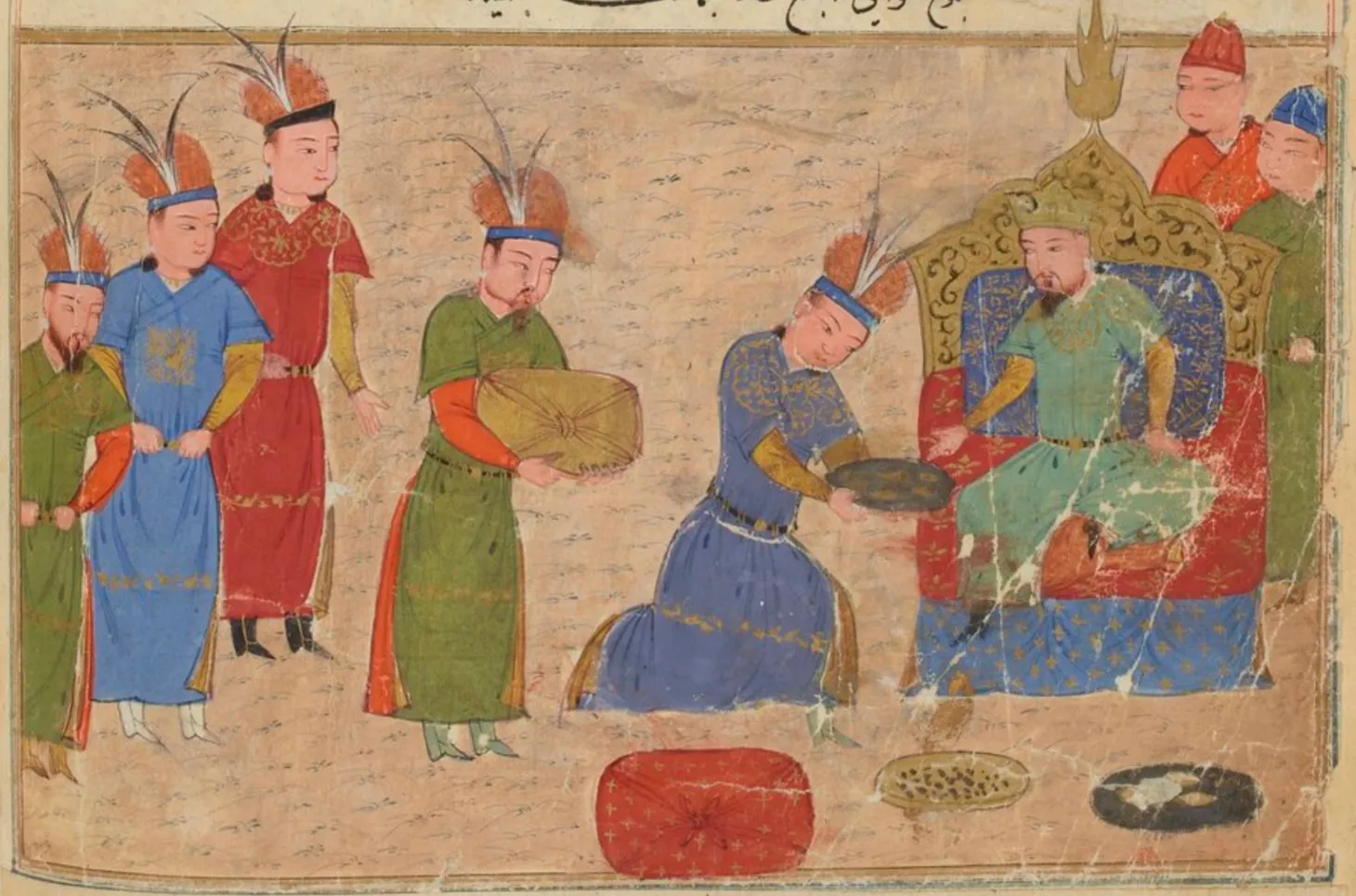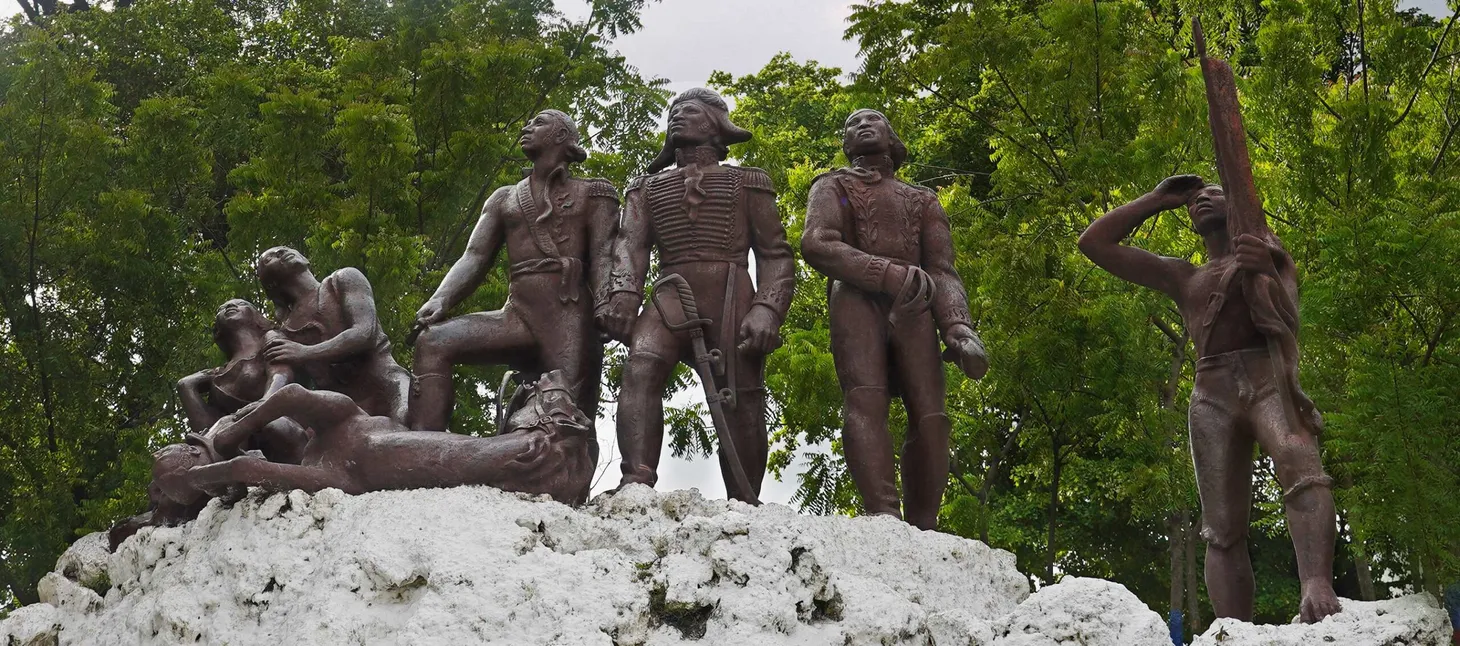“Hopelessness at Home, A Secure Future Overseas”: Teaching Jewish Migration in the Nineteenth and Early Twentieth Century
Discussion of teaching nineteenth and twentieth century Jewish migration in a world historical context.
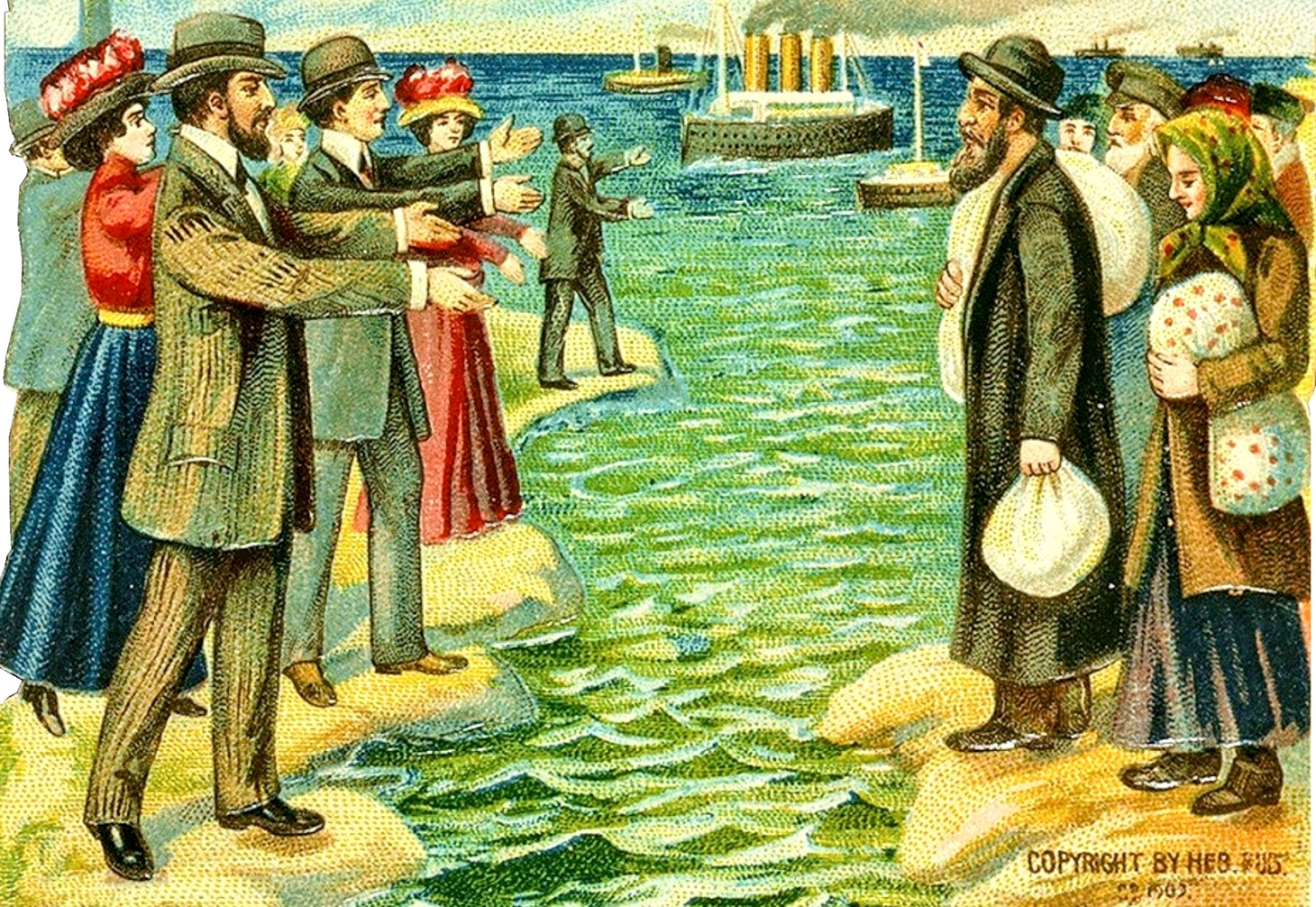
In my first post on Jewish history, I discussed my great-grandmother, who migrated to the United States with her parents and siblings. Growing up, I heard stories about how Julia’s father and older brother first migrated to the United States and then sent for the rest of the family. When I researched my family’s history, I was surprised to discover that my family’s migration story didn’t match the historical records. While my great-great-grandfather and his son, my great-granduncle, migrated to the United States in 1903, five years earlier, my great-grandaunt, a single woman, migrated to the United States. When my great-great-grandfather arrived in Philadelphia, immigration officials questioned his physical and mental health and contacted my great-grandaunt. She vouched for him and provided proof of being able to support him financially. I discovered this story in the “notes” field of migration records and ship manifests.
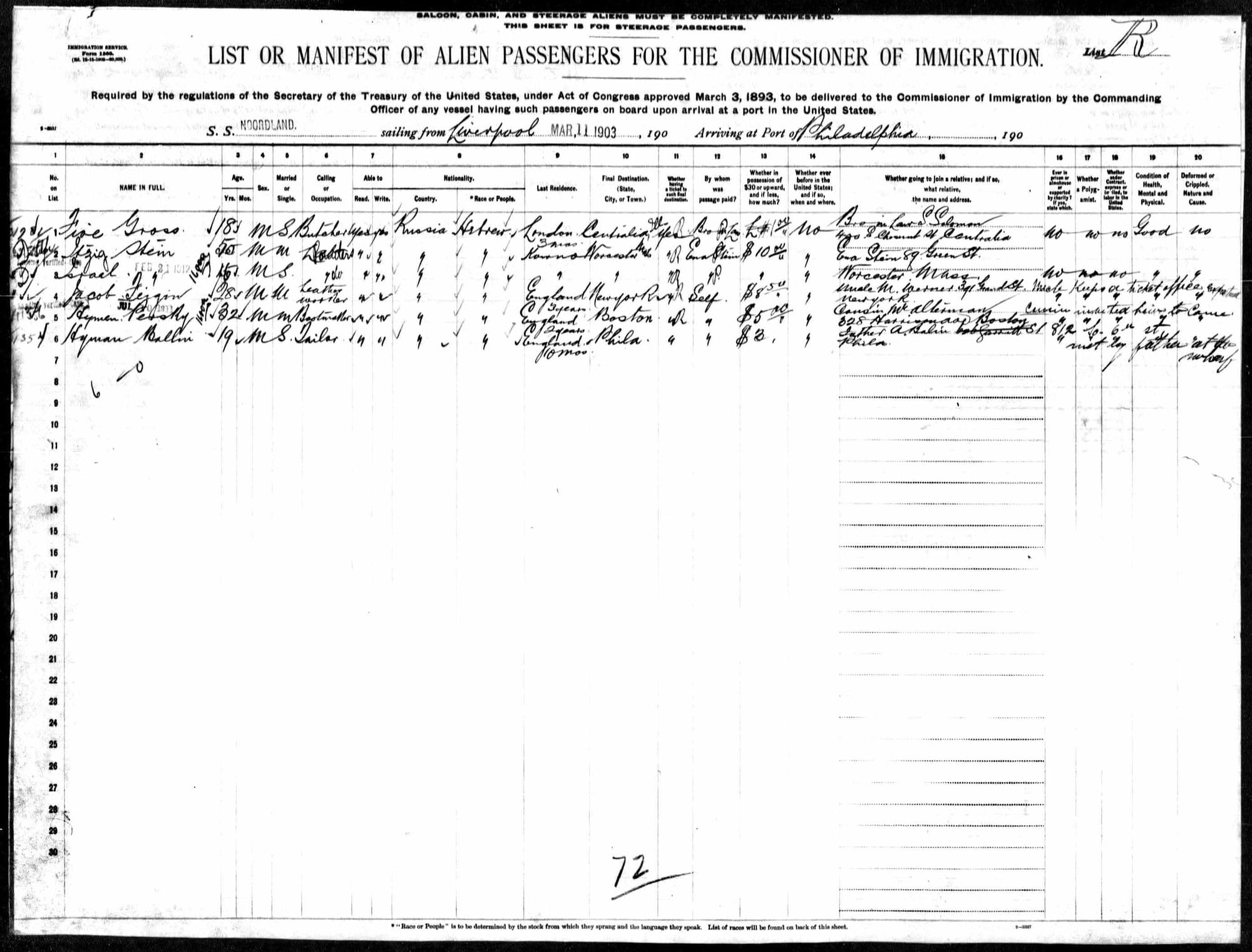
Learning about this hidden family history challenged me to reconsider how I teach migration in world history. We often focus on the big picture of nineteenth and early twentieth-century migration. Textbooks include maps of migration, discussion of the “push” and “pull” factors, and examples of the effects of global migration. All these standard features of migration history are neat, but most migrations were messy. Things often didn’t go as planned, and stories changed over the generations. Researching my family’s history encouraged me to include some of the messiness in teaching migration to help students better understand the complexities and setbacks of nineteenth and early-twentieth-century global migration. Because Jews migrated from different parts of Europe and the Middle East to all over the world, Jewish migration is an excellent case study for having students learn about migration.
Jewish Migration’s Big Picture
This content is for Paid Members
Unlock full access to Liberating Narratives and see the entire library of members-only content.
SubscribeAlready have an account? Log in

